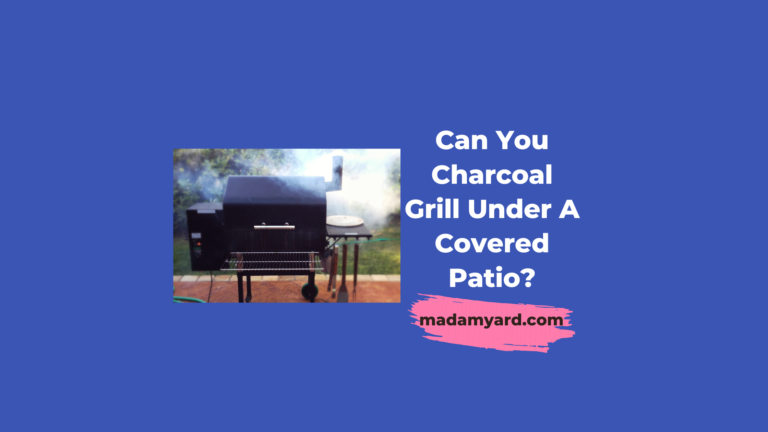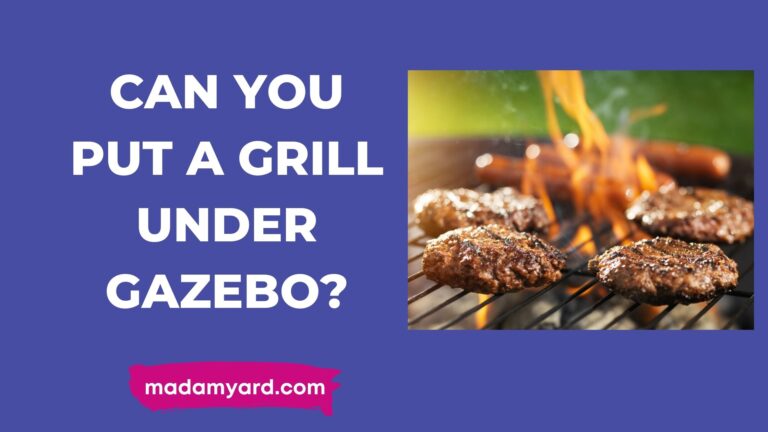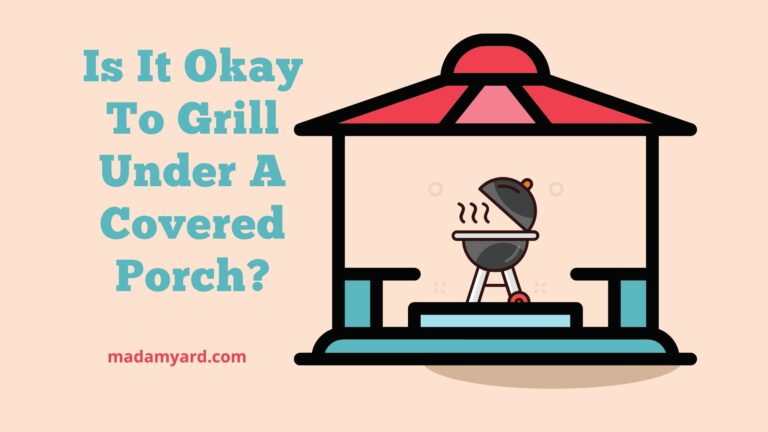Is It Safe To Put A Grill On A Deck?
Outdoor grilling on a deck is a popular hobby for many families and neighborhood gatherings, but it may be dangerous. Decks aren’t usually ideal for grilling since they lack the protection and safety that other yard sections do. While storing a grill on your deck is possible, lighting it and utilizing it might endanger you and others.
Fortunately for grilling masters, when sufficient measures are taken to safeguard a wood deck from the risks of cooking, a fire is exceedingly rare to start.
Between 2012 and 2016, an average of 16,600 individuals were hospitalized in emergency departments with grill-related injuries.
Wood decks are a favorite grilling place, yet it’s basic knowledge that wood and fire don’t mix. If you have a wood deck and wish to barbecue on it, read the following recommendations.
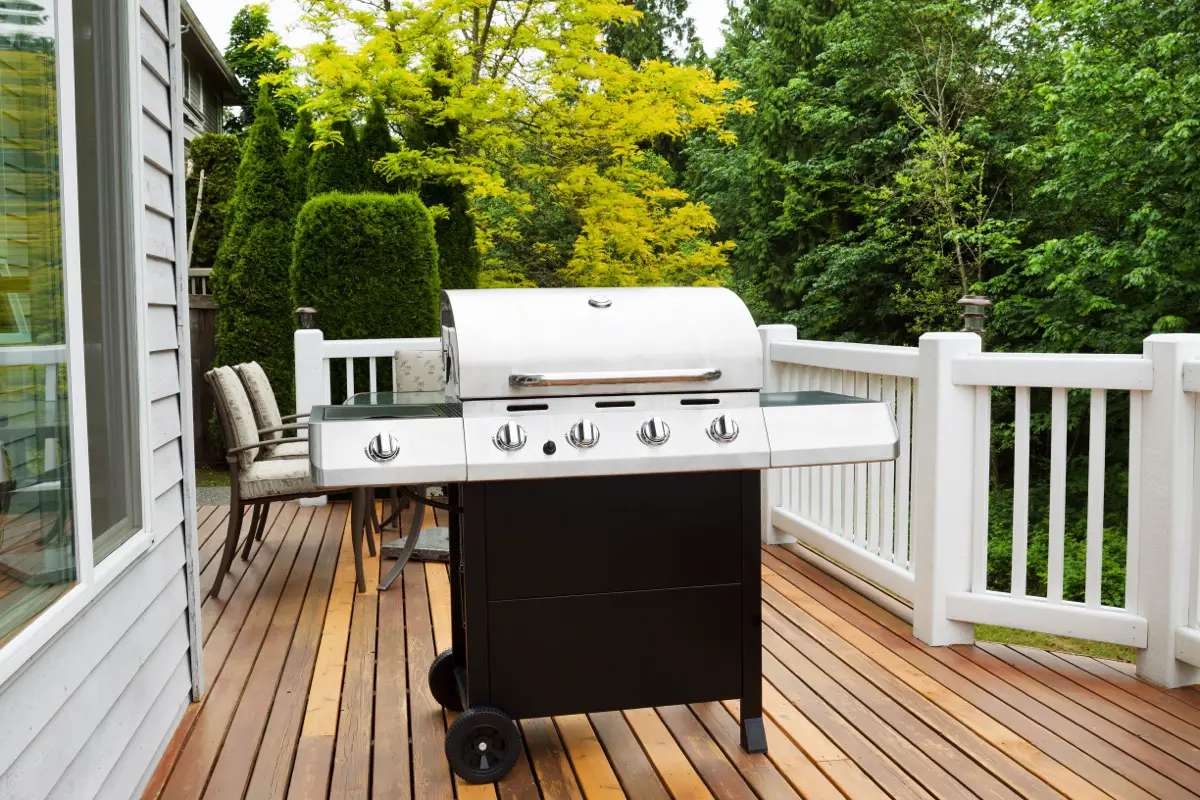
Use A Grill Mat
If you do one thing from this post, it should be to use a quality grill mat while cooking on a hardwood patio.
Grill mats come in many forms and sizes; there is sure to be one that will fit beneath your grill. Grill mats intend to protect your patio not only from sparks from your charcoal fire but also from grease stains.
When purchasing a grill mat, don’t settle for the cheapest one. If you’ve spent a lot of money on a high-end charcoal barbecue and an expensive wooden deck, don’t attempt to save money on something as simple as a grill mat.
Make sure it’s sturdy enough not to blow around your grill and broad enough to stretch a couple of inches in each direction around it. It is essential to ensure that it is substantial enough to withstand a fire if an ember falls on it.
A grill mat of this kind will do cooking on your hardwood patio safely and prevent any damage.
Keep Your Grill Clean And Free Of Grease
The primary causes of grill fires are failing to clean, having the grill too near to your house, and leaving the grill unattended.
By placing a drip pan or water pan underneath your meat, particularly fatty portions like ribs, pig butt, or pork shoulder, you’ll capture a lot of the volatile oil that would otherwise accumulate within your grill. In addition to utilizing a drip pan, you should clean your barbecue thoroughly at least once a year.
Keep Your Grill Away From Your Home
Keep your charcoal barbecue away from your house, deck, or other flammable items.
When cooking, I check to see if nothing is within a 3-foot radius. I have a lot of foliage in my backyard, and I make sure that no shrubs or tree limbs are too near together.
I do keep my charcoal grill against my house, but not until 24 hours after I’ve stopped cooking and know the charcoal is out.
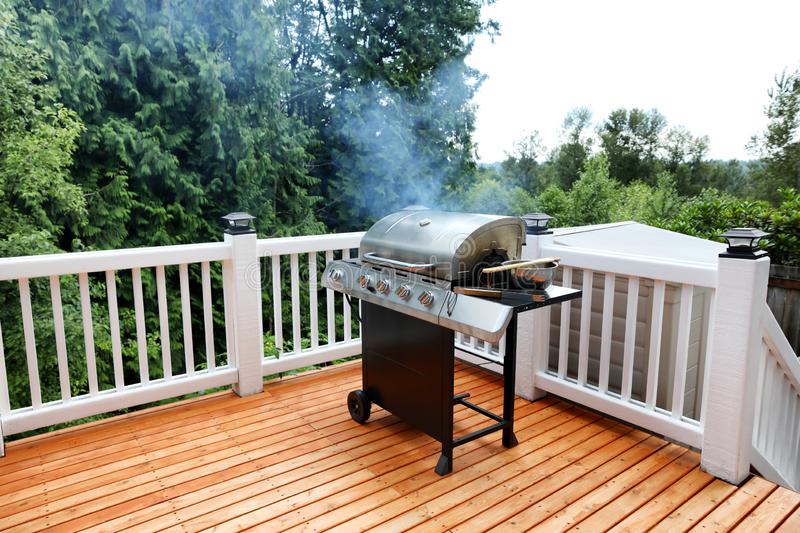
Have A Fire Extinguisher Nearby
You may think of yourself as a grill expert, but don’t let your pride get in the way of safety; always have a fire extinguisher nearby in case you need it. Please do not put it in the basement box; always have it fully charged and ready to use.
In addition to a fire extinguisher, baking soda may use to put out a grease fire. I used some earlier this summer when some fat from a pork shoulder caught fire on my grill. I tried putting on the cover to put out the fire, but it continued. The fire was put out within 5 seconds of the baking soda pouring.
Be Mindful Of The Weather
Suppose the forecast calls for 80MPH winds on the day of your backyard barbecue. In that case, you may want to reconsider cooking on your charcoal grill. While the charcoal is safely burning within your barbecue, you’ll have blazing charcoal on your patio if the grill blows over. It is not a good mix.
Use Two-Zone Indirect Cooking
You’re doing two-zone indirect cooking when you set up your grill with a “hot” side and a “cool” side. You may push your coals to one side of your grill while cooking with charcoal. It is not only a terrific technique to cook over an open flame, but it is also a great strategy to prevent flare-ups.
Flare-ups occur when fat drips from the meat onto the charcoal. It will happen regardless of what you do. Cooking anything greasy, such as hamburgers, may quickly spiral out of control.
Using a two-zone indirect configuration, you can swiftly shift the meat to the “cool” side of the grill. Replace the cover on your grill; the flare-ups should have faded after a few minutes.
Close All Vents When Finished
After bringing your meal inside, shut all your grill’s air vents. It prevents your burning charcoal of oxygen and rapidly suffocates the fire. If your barbecue has an ash catcher or sweeping mechanism, utilize it once the grill has cooled.
However, avoid immediately desiring to dispose of your ash in any rubbish receptacle. Instead, wait at least 24 hours after cooking to remove the ash from your grill.
Even so, having a metal bucket to keep your ash in after emptying your grill is a smart practice. On trash day, bag it and place it at the curb.
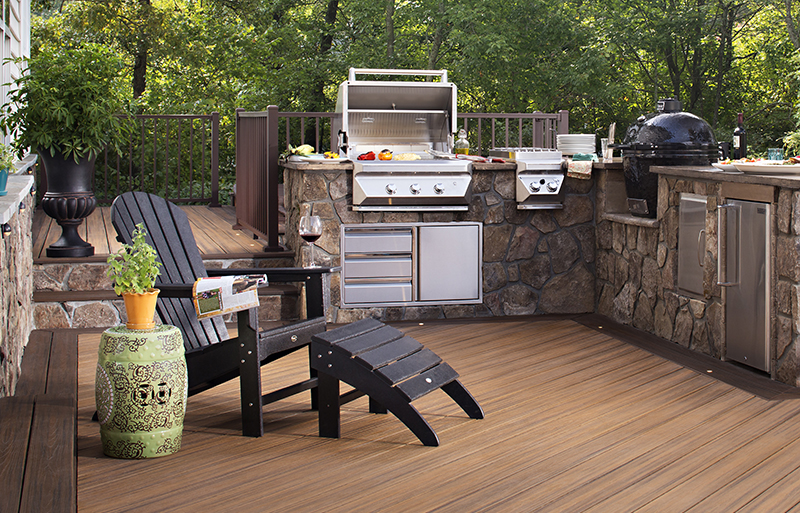
Bottom Line
Grills are a terrific method to cook outside. They need a level surface and should place away from combustible things.
If you have a wood deck, do not place your grill directly on any of the boards, as this may cause them to deform or catch fire due to an accumulation.

